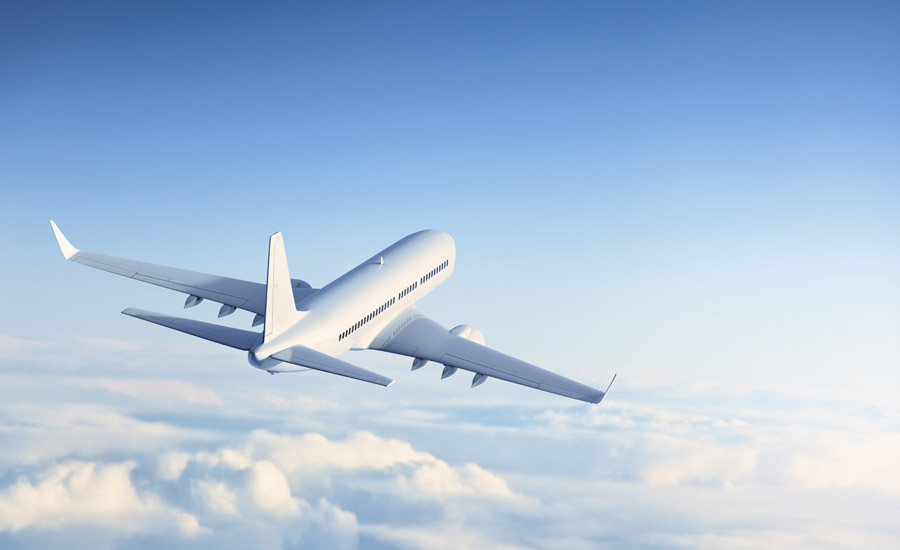Are flight attendants at increased risk for breast cancer?

During the course of their shifts, flight attendants face exposure to cosmic radiation at higher concentrations than the public generally experiences on the ground, may cross time zones, and work during normal sleeping hours. All of these work conditions raise questions about potential occupational health hazards. Cosmic radiation is a form of ionizing radiation. Ionizing radiation is linked to risks for cancer and reproductive effects, but there are uncertainties about risk from cosmic radiation at the levels and durations of occupational exposure that flight crews may experience. Similar uncertainties complicate scientists’ abilities to estimate similar risks from disruption of the body’s “time clock” and sleep cycle. At the National Institute for Occupational Safety and Health (NIOSH), scientists study these and other exposures in efforts to reduce uncertainty and better protect workers’ health and safety.
Motherhood is a risk factor
One of the potential health hazards associated with exposure to cosmic radiation and working during normal sleeping hours, or shift work, is breast cancer. In a new study in the Scandinavian Journal of Work, Environment & Health NIOSH investigators looked specifically at the question of whether a relationship exists between breast cancer and these work conditions, in addition to crossing time zones, while controlling for other factors that could affect breast cancer risk. They found that these work conditions were not statistically associated with an increased risk of breast cancer among flight attendants overall. Among a subset of flight attendants with three or more births, however, these work conditions were statistically associated with a significantly greater risk of breast cancer. Although the associations found in this study among women with three or more births were strong, this subset of women was small at 15% of the total study group. For this reason, more research is necessary to confirm these findings, according to the investigators.
In a previous study by the same investigators, flight attendants were more likely to be diagnosed with breast cancer than women in the general population.This increase seemed to be associated with beginning to have children later in life and to giving birth fewer times than women in the general population. Both of these factors are known risks for breast cancer in the general population.
How the study was done
In both studies, volunteer study participants included 6,093 former flight attendants in the United States. All participants were female, and their average age was 55. Through telephone interviews with participants, investigators obtained demographic information, including age, education, and work history; risk factors for breast cancer including number of births; and cancer diagnoses. They also obtained cancer diagnoses by linking to six state cancer registries and age and work history data from the airline company records. After estimating the amount of exposure to cosmic radiation, number of time zones crossed, and time spent working during normal sleeping hours for each participant, the investigators used statistical methods to assess potential links of these estimates to breast cancer incidence. As research continues to clarify the implications of work factors for aircraft crews, NIOSH offers precautionary recommendations for employers and workers at Aircrew Safety & Health.
More information is available:
Breast Cancer Incidence among Female Flight Attendants: Exposure–response Analyses
Breast Cancer Incidence in a Cohort of U.S. Flight Attendants
NIOSH Division of Surveillance, Hazard Evaluations, and Field Studies
NIOSH Update: Are Flight Attendants at Higher Risk for Miscarriage?
Looking for a reprint of this article?
From high-res PDFs to custom plaques, order your copy today!





